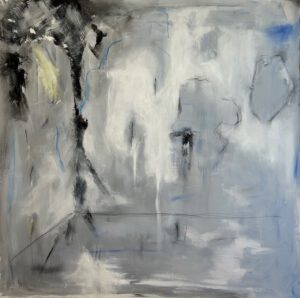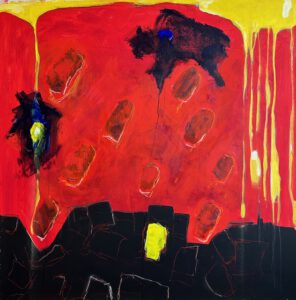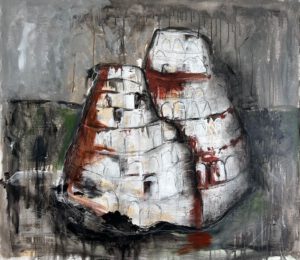Co-creaties
STREETWEAR – Di’fai ft. Art Unbound
Een bijzondere samenwerking. Karel van Griensven is een designer / kunstenaar die zelf de ziekte van Parkinson heeft. Hij richtte als uitlaatklep voor zijn creativiteit, zijn eigen kledinglabel Di’fai op. Samen hebben wij streetwear ontworpen. Draagbare kunst die raakt, schuurt en inspireert. Elk ontwerp is een visuele vertaling van persoonlijke groei, vrijheid en de kracht van verbeelding.




NOTERMANS – PLIJNAER
Kunstenaar Victor Notermans ontmoette ik tijdens één van de wetenschappelijke onderzoeken. Hieronder zie je ons tijdens een sessie en het beeld van onze eerste co-creatie. Hierna hebben de de 5 seizoenen gemaakt. Victor vertelde me dat hij Parkinson ziet als het 5e seizoen.
Bij de werken hebben we een soundscape gemaakt voor een meer totale beleving. Hier is onze samenwerking uitgegroeid tot het maken van muziek, film, beeldende kunst en meer. Een bijzondere connectie waarin we elkaar uitdagen en inspireren, bevestigen en laten groeien. De pure kracht van kunst.
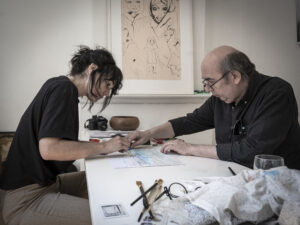
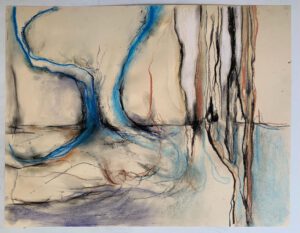
Film ‘Körper’
In opdracht voor het Soundartfestival. Klik op de link om de video te bekijken: https://vimeo.com/897891955/f52fb2f9ab?share=copy
‘De 5 seizoenen’ Acryl, krijt, bladgoud op canvas. Elk schilderij is 125 cm – 125 cm.
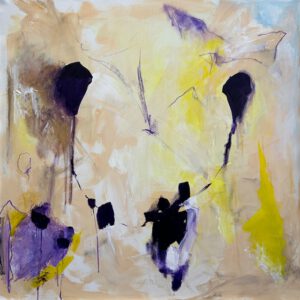 .
.
VERKOCHT
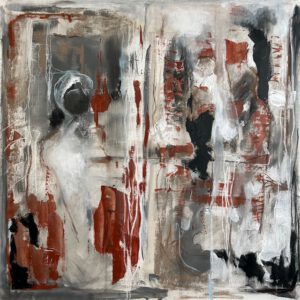
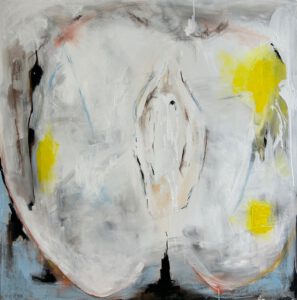 . .
. . 